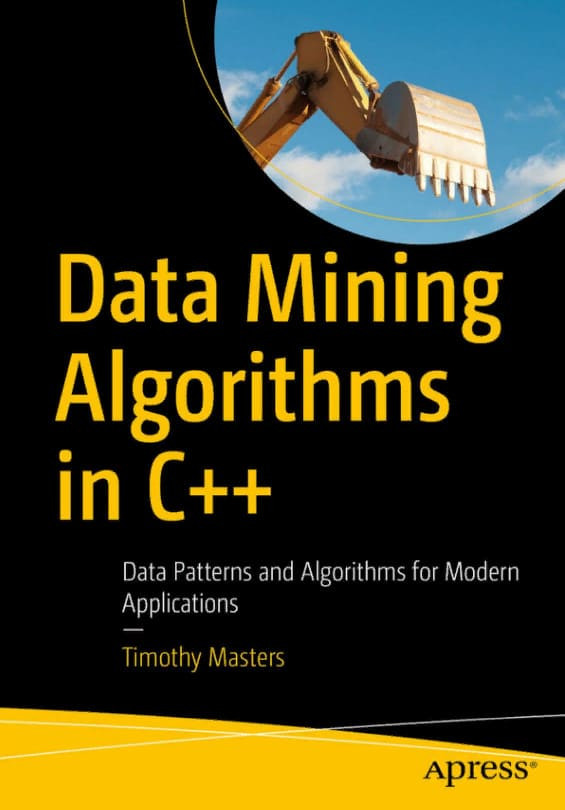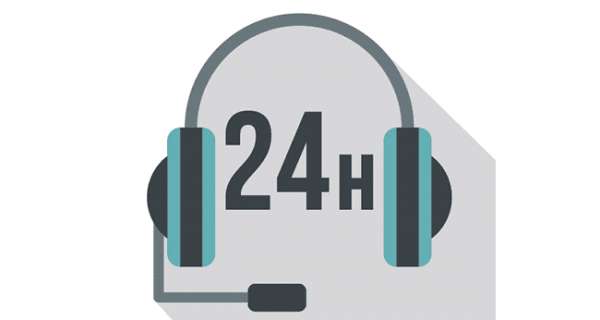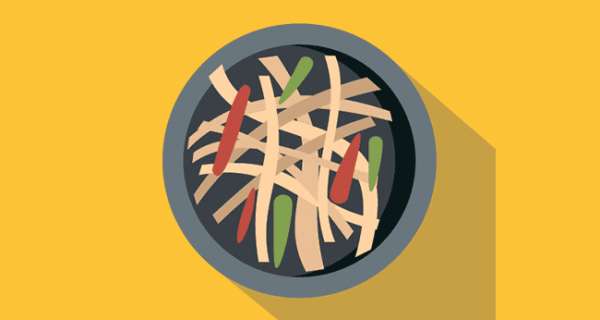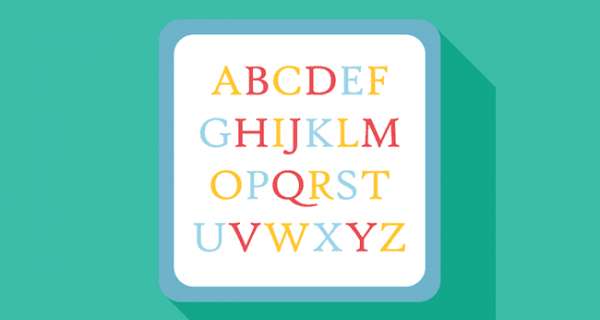
Others are standard algorithms given a fresh look. In every case, the focus is on practical applicability, with all code written in such a way that it can easily be included into any program. The Windows-based DATAMINE program lets you experiment with the techniques before incorporating them into your own work. What you'll learn
Monte-Carlo permutation tests provide statistically sound assessment of relationships present in your data.
Combinatorially symmetric cross validation reveals whether your model has true power or has just learned noise by overfitting the data.
Feature weighting as regularized energy-based learning ranks variables according to their predictive power when there is too little data for traditional methods.
The eigenstructure of a dataset enables clustering of variables into groups that exist only within meaningful subspaces of the data.
Plotting regions of the variable space where there is disagreement between marginal and actual densities, or where contribution to mutual information is high, provides visual insight into anomalous relationships.
Who this book is for
The techniques presented in this book and in the DATAMINE program will be useful to anyone interested in discovering and exploiting relationships among variables. Although all code examples are written in C++, the algorithms are described in sufficient detail that they can easily be programmed in any language.
Скачать книгу можно бесплатно по данной ссылке: Скачать




































0 Комментарии